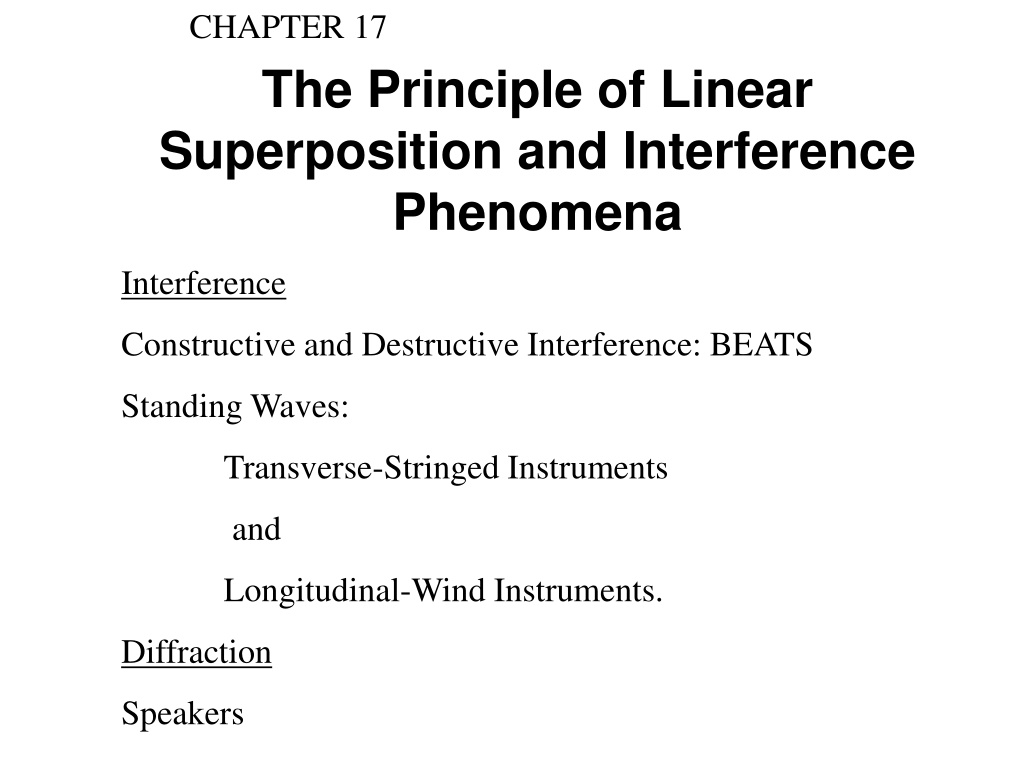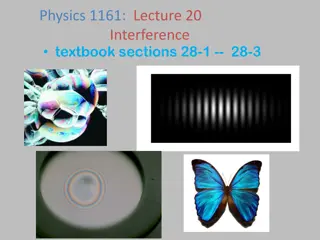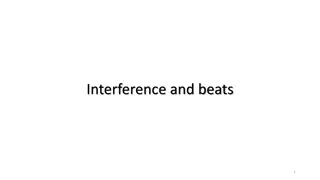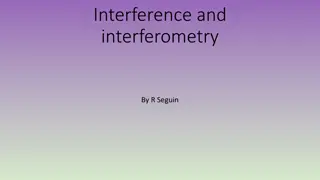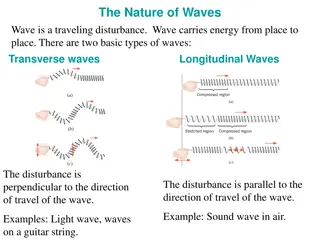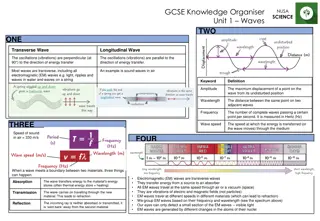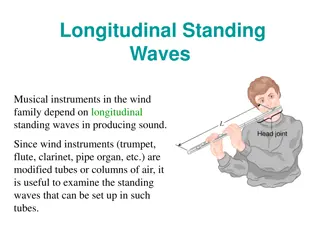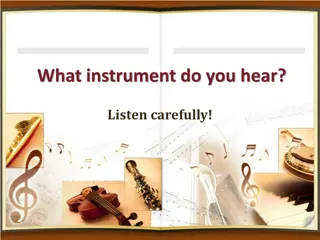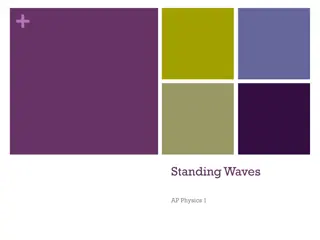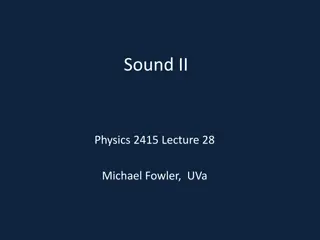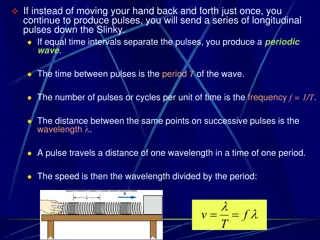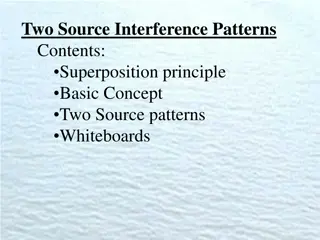Understanding Interference Phenomena and Standing Waves in Musical Instruments
Explore the principle of linear superposition, constructive and destructive interference, beats, and standing waves in transverse and longitudinal instruments. Discover the complexity of sound waves and how spectrum analyzers analyze harmonic frequencies. Calculate the fundamental frequency in a human ear canal and delve into the sensitivity of the human ear. Visuals aid in understanding the concepts discussed.
Download Presentation

Please find below an Image/Link to download the presentation.
The content on the website is provided AS IS for your information and personal use only. It may not be sold, licensed, or shared on other websites without obtaining consent from the author. Download presentation by click this link. If you encounter any issues during the download, it is possible that the publisher has removed the file from their server.
E N D
Presentation Transcript
CHAPTER 17 The Principle of Linear Superposition and Interference Phenomena Interference Constructive and Destructive Interference: BEATS Standing Waves: Transverse-Stringed Instruments and Longitudinal-Wind Instruments. Diffraction Speakers
17.6 Longitudinal Standing Waves Musical instruments in the wind family depend on longitudinal standing waves in producing sound. Since wind instruments (trumpet, flute, clarinet, pipe organ, etc.) are modified tubes or columns of air, it is useful to examine the standing waves that can be set up in such tubes.
Open tube of air A pictorial representation of longitudinal standing waves on a Slinky (left side) and in a tube of air (right side) that is open at both ends (A, antinode; N, node).
Closed tube of air A pictorial representation of the longitudinal standing waves on a Slinky (left side) and in a tube of air (right side) that is open only at one end (A, antinode; N, node).
17.7 Complex Sound Waves The sound wave corresponding to a note produced by a musical instrument or a singer is called a complex sound wave. It consists of a mixture of the fundamental and harmonic frequencies. http://phet.colorado.edu/en/simulation/fourier
Spectrum Analyzer A microphone detects a complex sound wave, and a spectrum analyzer determines the amplitude and frequency of each harmonic present in the wave.
P41: Sound enters the ear, travels through the auditory canal, and reaches the eardrum. The auditory canal is approximately a tube open at only one end. The other end is closed by the eardrum. A typical length for the auditory canal in an adult is about 2.9 cm. The speed of sound is 343 m/s. What is the fundamental frequency of the canal? (Interestingly, the fundamental frequency is in the frequency range where human hearing is most sensitive.) The Sensitivity of the Human Ear
